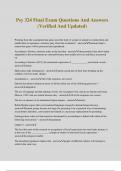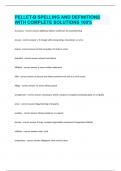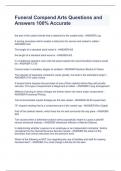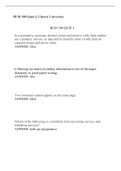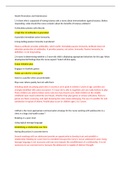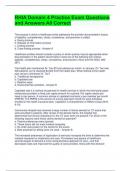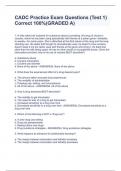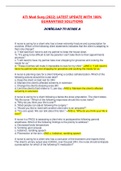Exam (elaborations)
BIOS 242 Exam 2 Complete Questions And Answers 2023/2024 Tests
- Course
- BIOS 242
- Institution
- Chamberlain School Of Nursing
BIOS 242 Exam 2 Complete Questions And Answers 2023/2024 Tests BIOS 242 Exam 2 Complete Questions And Answers 2023/2024 Tests BIOS 242 Exam 2 Complete Questions And Answers 2023/2024 Tests BIOS 242 Exam 2 Complete Questions And Answers 2023/2024 Tests BIOS 242 Exam 2 Complete Questions And Answ...
[Show more]




